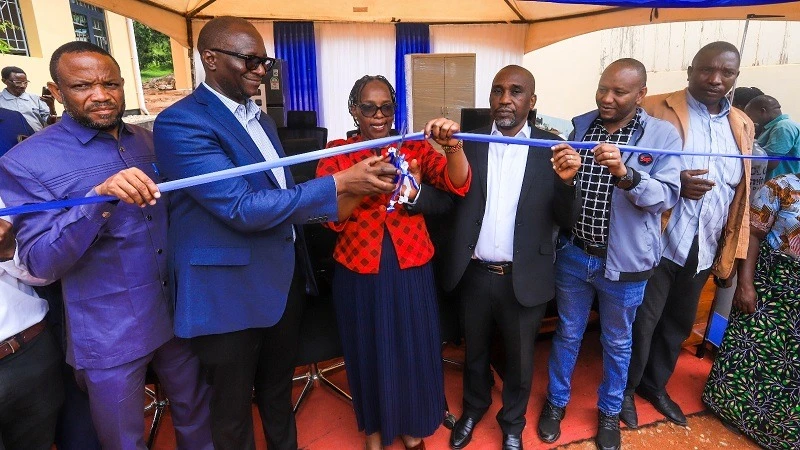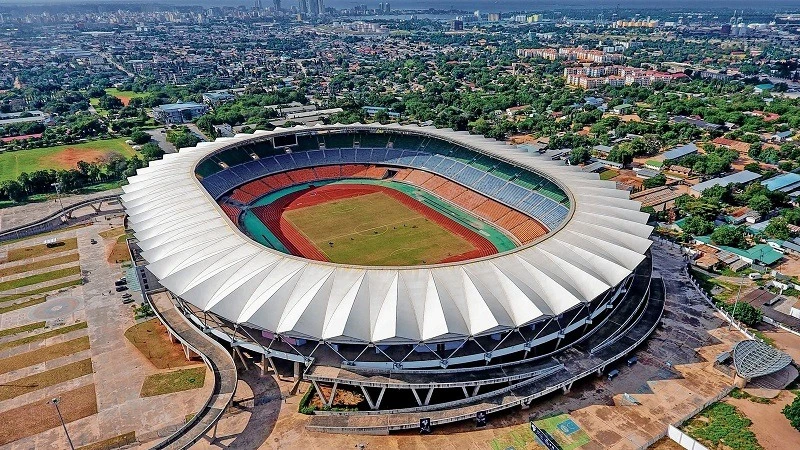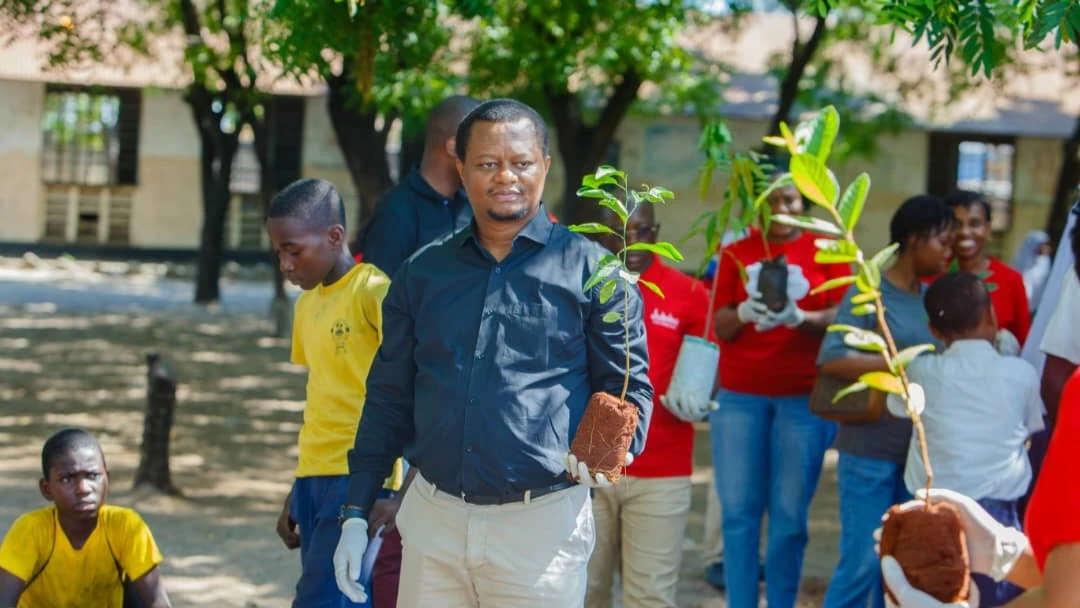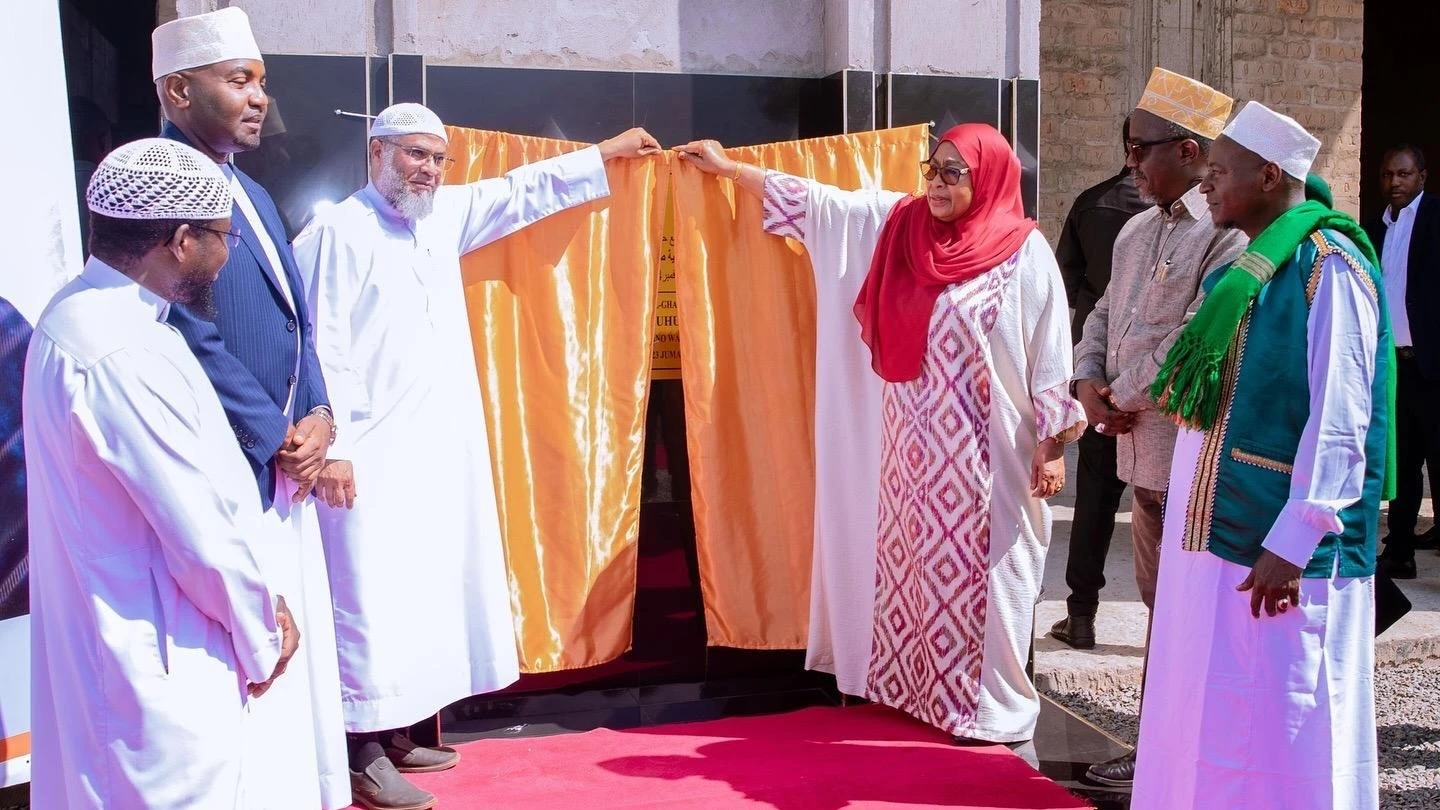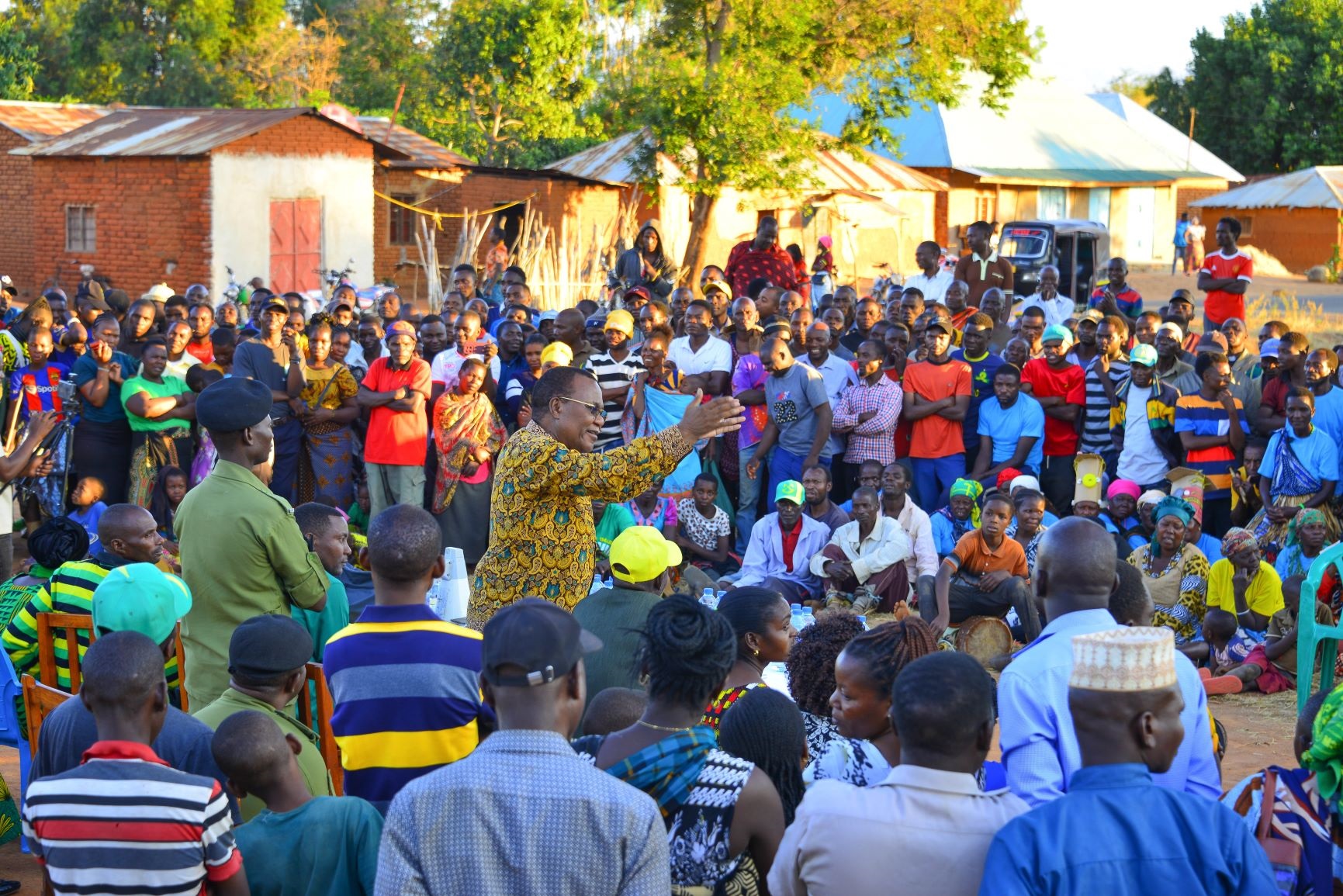TMA projecting ‘largely below normal’ rains in most areas
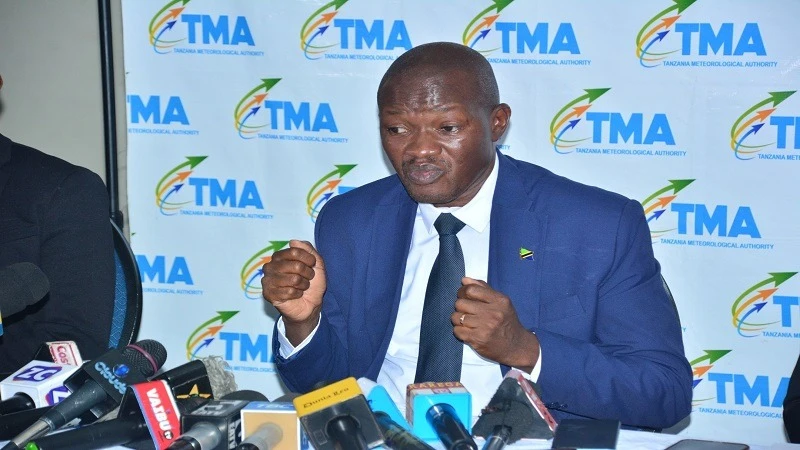
THE Tanzania Meteorological Authority (TMA) has urged farmers to plant early and adopt best practices for managing soil moisture, as its climate outlook for the end year and long rains (November to April) predicts below-normal rainfall and normal in some regions.
Dr Ladislaus Chang’a, the TMA acting director general, said at a press briefing yesterday that largely below-normal rains are expected in Kigoma, Tabora, Katavi, Rukwa, Songwe, Singida and Dodoma regions, northern and eastern parts of Lindi, and northern areas of Mbeya and Iringa regions.
He urged agro-extension officers to focus on irrigation and water conservation as well as strengthening agricultural infrastructure, implementing timely pest control strategies to mitigate potential damage for insufficient rains.
Conversely, basically normal and even above-normal rains are anticipated in Njombe, Ruvuma, Mtwara, southern and western parts of Lindi, plus southern areas of Mbeya, Iringa and Morogoro regions, he said.
Rains have partially started in certain areas during the fourth week of October, where Kigoma region is especially likely to have early rains, “gradually spreading to other unimodal areas in November and reaching Ruvuma in December,” he explained.
The second half of the season (February-April 2025) is expected to be wetter than the first half (November 2024-January 2025), he said, noting that the outlook suggests that regular agricultural activities would not be under much pressure in the coming rainy season.
Rainfall is projected to commence in the first and second weeks of November 2024 in Lindi and Mtwara, with Ruvuma experiencing rainfall in the second and third weeks of December, he said, elaborating that rains are expected to cease in the first week of next May in Ruvuma and Mtwara, and late May in Lindi.
He cautioned that excessive soil moisture and flooding may occur, negatively impacting crops and farm management, particularly in areas predicted to receive largely above-normal rains.
"Increased water levels in dams and river flows are expected, which may lead to flooding,” he asserted, urging that communities in flood-prone regions be enabled to take appropriate precautionary measures.
The seasonal rains are particularly noticeable in the western, central, south-western highlands, southern region, southern coast and the southern part of Morogoro, where a largely unabated rainfall regime begins in November up to April or May of the following year, he said.
The relevant agencies need to ensure that farmers are in a position to prepare their fields, plant, weed and utilize appropriate inputs taking note of potential soil moisture conditions, he stated.
"They should apply best practices and technologies to prevent waterlogging, conserve water and minimize erosion and nutrient loss caused by prolonged water stagnation or flooding," the director underlined.
TMA recommended that agricultural infrastructure be strengthened, plant diseases and pests be promptly managed to mitigate potential damages, he added.
Top Headlines
© 2024 IPPMEDIA.COM. ALL RIGHTS RESERVED






